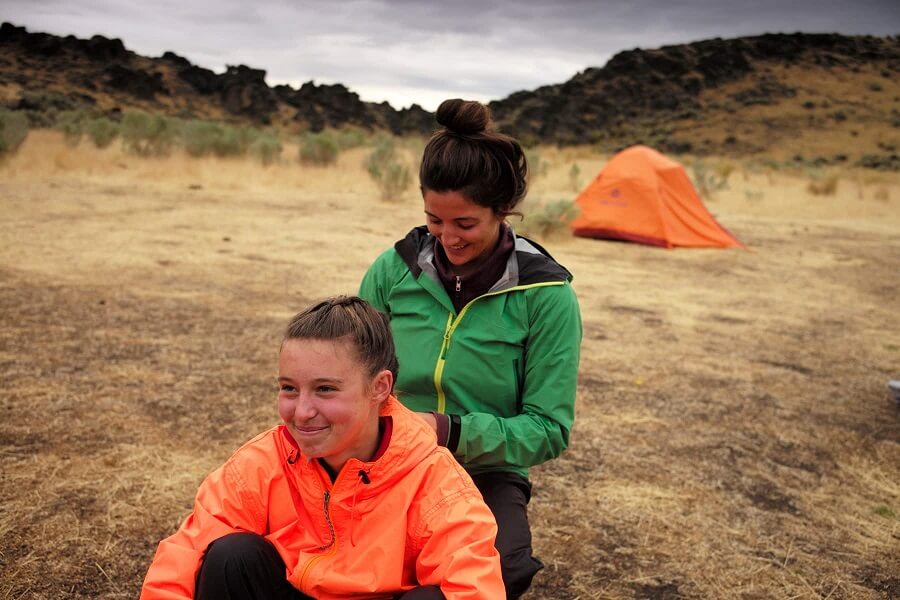BlueFire Wilderness Therapy: Addressing Concerns and Complaints

BlueFire Wilderness Therapy, a well-known wilderness therapy program, has garnered attention for its approach to helping troubled teens through outdoor experiences. While many praise the program for its innovative methods and positive outcomes, there are also complaints and concerns that have been raised by former participants and their families. This article explores the nature of these complaints, the responses from BlueFire Wilderness, and the broader implications for wilderness therapy programs.
Nature of Complaints
- Safety Concerns: One of the primary complaints revolves around safety. Critics argue that the rugged outdoor environment poses inherent risks, including exposure to extreme weather, wildlife, and physical injury. Some former participants and parents have reported incidents where they felt the safety protocols were insufficient or inadequately enforced.
- Emotional and Psychological Impact: Another significant area of concern is the emotional and psychological impact on participants. There are reports of teens experiencing high levels of stress and anxiety due to the rigorous demands of the program. Some parents have expressed worry that the therapeutic methods used might not be suitable for all participants, potentially exacerbating existing mental health issues.
- Communication and Transparency: Complaints have also been made about the level of communication and transparency between the program administrators and the families of participants. Some parents feel that they were not adequately informed about their child’s progress or the challenges faced during the program. Additionally, there have been instances where parents felt misled about the nature and intensity of the program.
- Cost and Financial Transparency: The cost of wilderness therapy programs like BlueFire can be substantial. Some families have raised concerns about the lack of financial transparency and clarity regarding what their fees cover. There are complaints about unexpected additional charges and the overall value received for the money spent.
BlueFire Wilderness’ Response
In response to these complaints, BlueFire Wilderness has taken several steps to address and mitigate concerns:
- Enhanced Safety Measures: BlueFire Wilderness has emphasized its commitment to safety by outlining the comprehensive safety protocols in place. These include detailed emergency procedures, regular training for staff, and stringent adherence to industry standards.
- Improved Communication Channels: To address concerns about communication, BlueFire has implemented more robust systems for updating parents and guardians. Regular reports, scheduled phone calls, and more accessible communication platforms are part of their efforts to keep families informed.
- Focus on Individualized Care: BlueFire emphasizes its approach to individualized care, where each participant’s unique needs are considered. They argue that their therapeutic models are designed to adapt to different mental health conditions, ensuring personalized and effective treatment.
- Financial Transparency: The organization has also made strides in improving financial transparency. They provide detailed breakdowns of costs and strive to inform families upfront about any potential additional expenses. Financial aid options and payment plans are also made available to ease the financial burden on families.
Broader Implications for Wilderness Therapy
The complaints against BlueFire Wilderness highlight some of the broader challenges faced by wilderness therapy programs. Ensuring the safety and well-being of participants in remote and rugged environments is inherently challenging. Furthermore, the balance between providing a transformative experience and managing the psychological impact on vulnerable teens is delicate.
Programs like BlueFire Wilderness must continuously evolve to address these issues, incorporating feedback from participants and their families to improve their services. Transparency, both in communication and financial matters, is crucial in building and maintaining trust with clients.
Conclusion
While BlueFire Wilderness has been praised for its unique approach to helping troubled teens, the complaints and concerns raised by some participants and their families are important to consider. Addressing these issues head-on, with a commitment to safety, transparency, and individualized care, is essential for the program’s continued success and the well-being of its participants. As the field of wilderness therapy grows, ongoing evaluation and adaptation will be key in ensuring these programs offer safe, effective, and supportive environments for those in need.






